Should You Delete Blog Posts if They Have Zero Visitors?
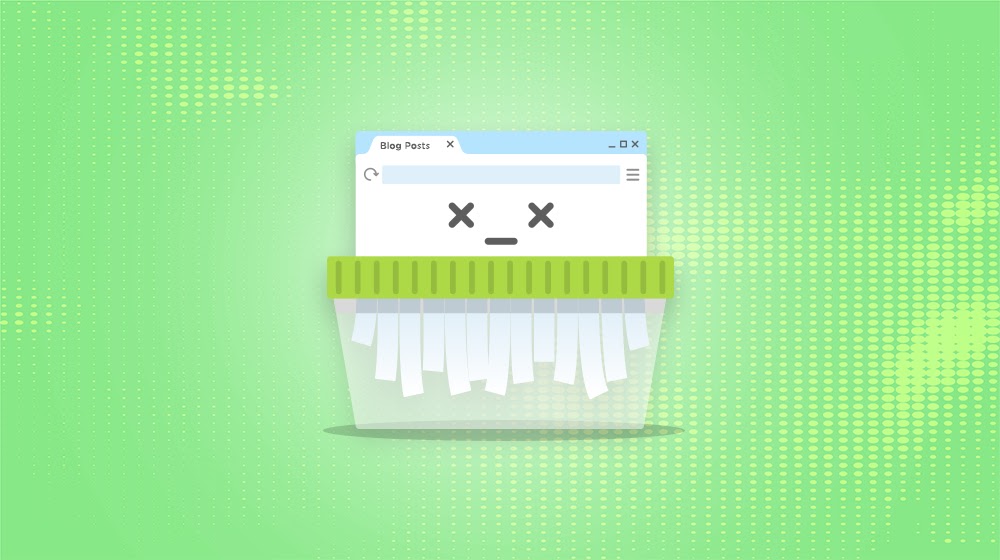
There's a persistent myth in content marketing that I wanted to address today, because it's something I discuss with my clients almost every time.
Myth: Every page and post on your site needs to have traffic, or it's worthless.
I don't know where this myth came from. Maybe it's from the days when web hosting space was at a premium and you'd have to balance the expense of more hosting versus the value of a post taking up space. Maybe it's just performance-oriented middle managers chasing specific KPIs without ever knowing the full story.
Whatever the case, I wanted to use this opportunity to explain why keeping posts around, even if they have zero visitors, is a good idea… and when you should consider removing them anyway.
Let's dig in.
Why Blog Posts with Zero Visitors are Still Valuable
First, let's run through all the reasons why a post can have value even if it doesn't have direct traffic.
The post might have valuable backlinks.
Any marketer worth their salt knows that backlinks are the core to all modern SEO, no matter how many other elements come and go with trends and time. Google was founded on the idea of mapping links, and that's fundamental to their algorithm today.
Backlinks have value. A blog post with backlinks is valuable, even if those backlinks aren't coming from DA 100 mega-sites.
"But what about spam backlinks?"
What constitutes a spam backlink, and what ends up harmful, can be pretty different. Links that look good can be meaningless (for example, PBN links Google has identified), while links that look like spam can be useful (for example, links from relevant but foreign resources).
You see this come up all the time with link audits. People do deep link audits, plug in everything that looks spammy to them into their disavow file, and then their traffic tanks. That's because, even if those links don't look valuable to you, they might look valuable to Google.
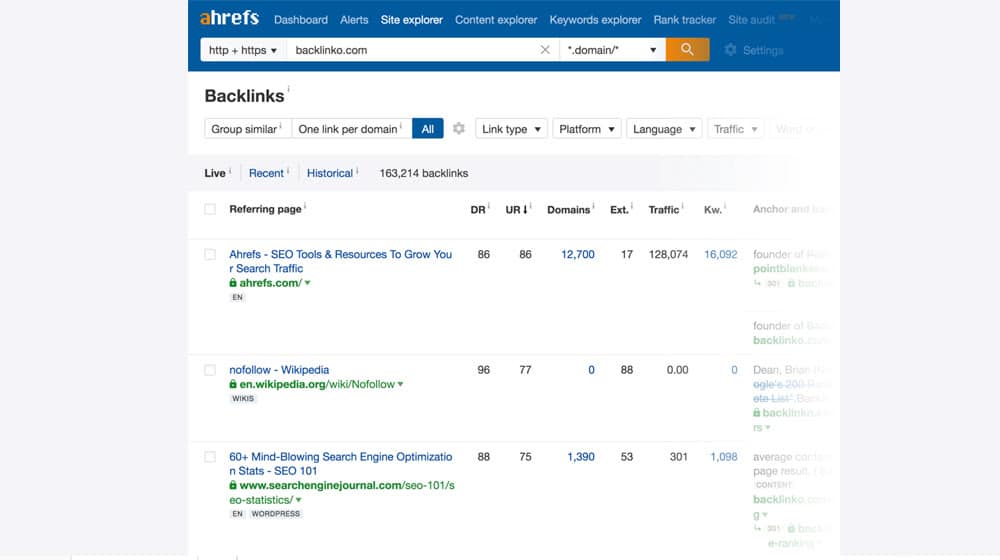
Additionally, sometimes even if the link itself isn't valuable, its presence in your link profile is. Google likes sites with robust, natural backlink profiles, and the more you sculpt your profile, the more artificial it looks. That can hurt.
On top of that (yes, as if that all wasn't enough), think about what happens when you remove a post that a link pointed to.
The site that was linking to you now has a 404 link. Since 404 links are a bad user experience, and they're easy to detect with a tool, they get removed quickly.
Not only is the link gone, but the mention of your brand from a third-party site is also gone. That implicit mention is also valuable, and you've killed it by removing a page you thought had zero value.
Social media marketing may not be the inevitable powerhouse it used to be, but it's still important. Billions of people still use social networks, and social shares are still important.
A blog post with zero visitors is certainly not going to get new social shares, but if it had social shares in the past, removing the post removes those shares and metrics from your site. Your social accounts might perform a little worse when the sum total of engagement drops. Social algorithms might treat you a little worse when your numbers evaporate. Even secondary metrics that watch your overall social profile will dry up when social shares disappear.
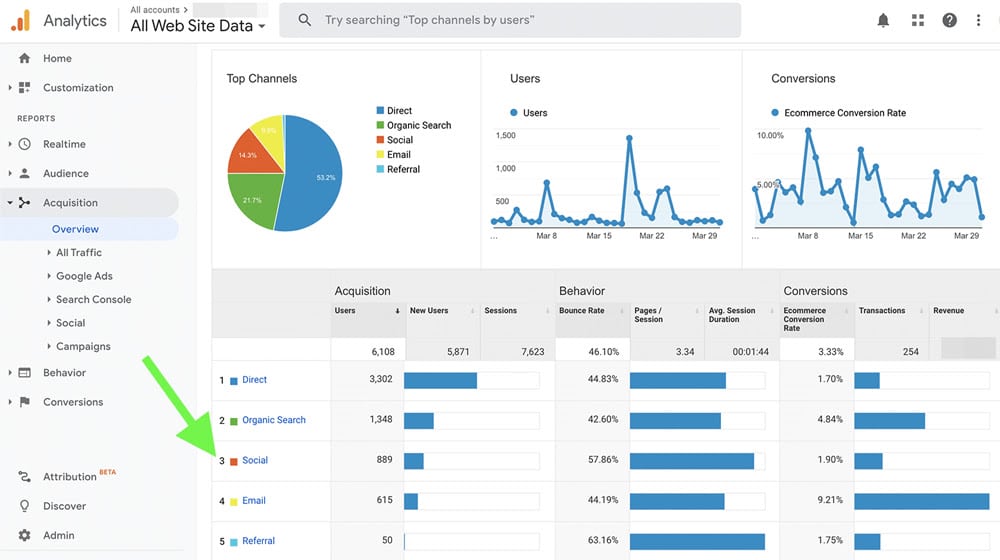
This is another example of the difference between visits and value. Social shares might not feel like they carry much value with them, but they can.
The post might have comments and engagement.
Posts that have zero visitors today might not have had zero visitors in the past. Among those visitors, there may have been people who engaged with your post by leaving comments.
Comments, even if they don't have much substance to them, can be valuable.

Comments have two sources of value. The first is in their content. While a "thanks for writing this" comment isn't useful here, other comments have more insight and kick off more discussion. Those comments add content and value to a post.
The other source of value is as a user engagement metric. Blog comments are part of how websites can rank, and a history of comments on your posts can help your site grow. Removing posts that have comments removes those comments, and thus those user engagement metrics.
You can see a similar effect in discussions surrounding disabling comments. Yes, comments require maintenance. Yes, spam is an annoying issue. But the value you get out of them can be very worthwhile.
The post might have internal links.
Internal links aren't as hyper-valuable as external links, but they're still very important. A robust and accurate internal linking scheme provides association between topics and content, it gives users a flow from piece to piece, and it helps with crawling. It also shows that you're considering the interconnection between topics, covering all your bases, and trying to be a resource.
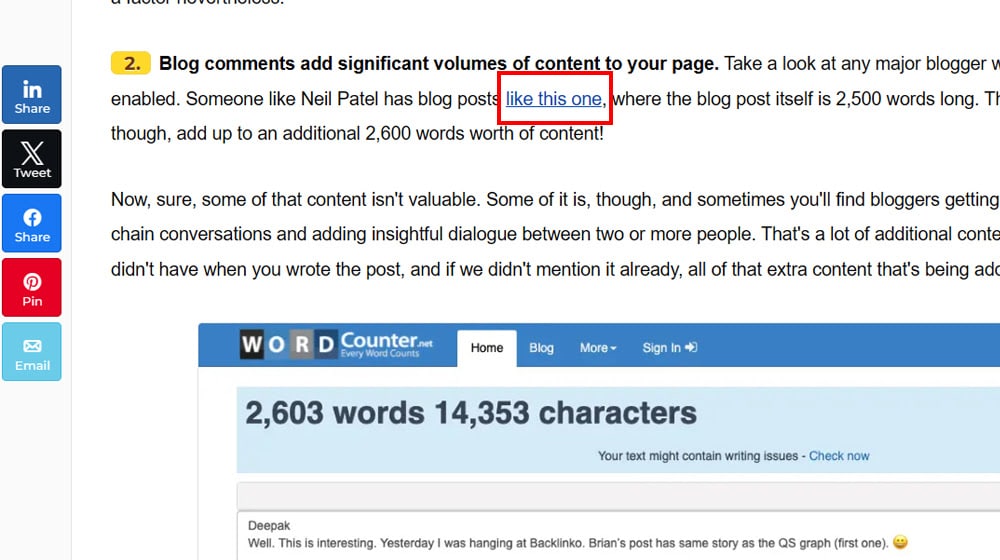
Critically, when you remove a post, any internal links pointing at it break. That's an immediate source of 404s, which can be pretty bad for your site. That means you have to go through and remove any internal links, which is negative in half a dozen minor ways.
If nothing else, it's a lot of work you might not realize you have to do, and leaving a bunch of internal 404s on your site looks bad to Google and to users. You can hurt your ranking just from that, and take a surprisingly long time to recover.
The post might have historic traffic you could recover.
Sometimes, the reason a post has zero visitors isn't anything wrong with the post.
- Maybe new competition sprung up and outranked you, pushing you off the front page.
- Maybe new updates to the topic came out, and you haven't updated your coverage.
- Maybe there's a technical issue that temporarily removed your post from the index.
Having zero visitors now doesn't mean having zero visitors forever. If you figure out why your post has no traffic, but it used to have traffic in the past, you can try to recover that traffic. Posts that have had traffic in the past can also be valuable as the base for future marketing, such as building a cluster around them or expanding them by merging in less valuable content.
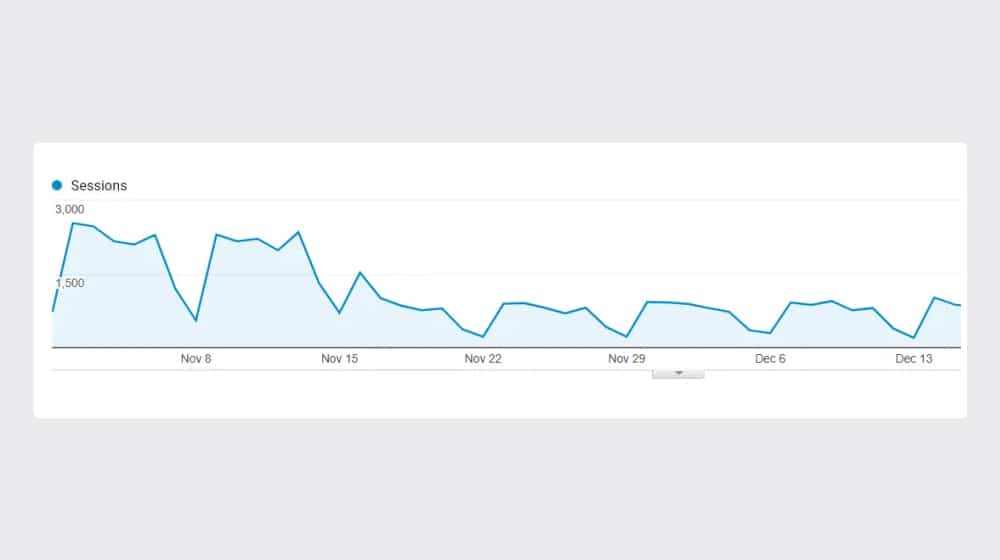
In some cases, removing a post that historically had traffic can also mess with your historic data in analytics. Most analytics platforms can handle that kind of thing, but you want to make sure before you start deleting stuff.
The post might be part of a contextual cluster.
If you've intentionally created content clusters, then you should have a map of what's in them and why. Low-value posts that are part of clusters can still have value as part of the cluster.
But clusters can also form naturally. When you write about a topic long enough, natural topic convergence and interlinking can build clusters without you having done so intentionally.
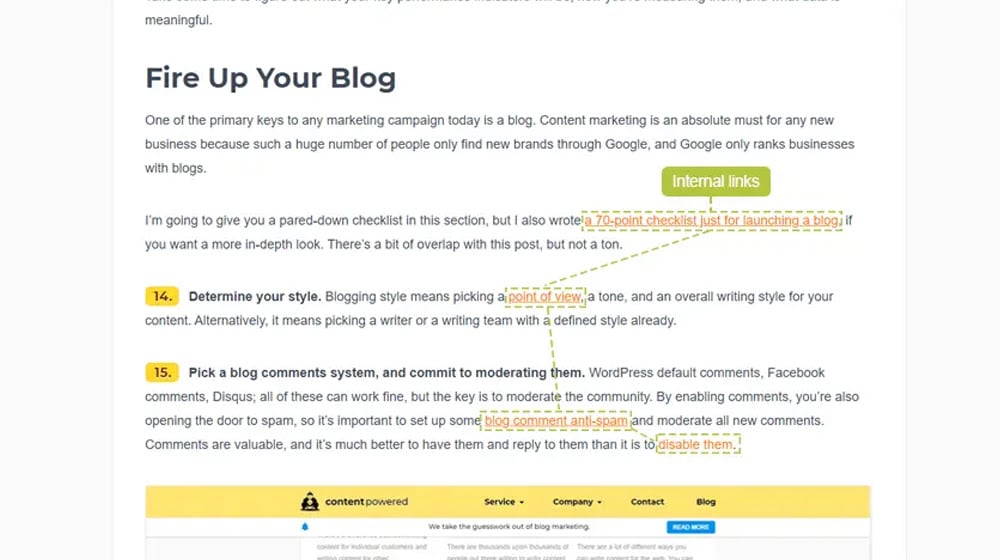
There are also implicit clusters formed by something called co-occurrence. Co-occurrence is, broadly speaking, how language processing understands the context of a word. From an SEO perspective, language processors like Google can gain a deeper awareness of what your site is about by analyzing the co-occurrence between terms across the site.
When you have posts that had no direct value, but covered important topics, those topics are part of the co-occurrence map for your site. When you then remove them, you lose that value.
The post might be cited by LLM summaries.
One of the more modern ways SEO has been impacted by technological developments is with the creation of LLM summaries like Google's AI Overviews or Perplexity's whole everything. In a bid to try to build trust in LLMs and fight hallucinations, these systems have started citing their sources for the information they reference.
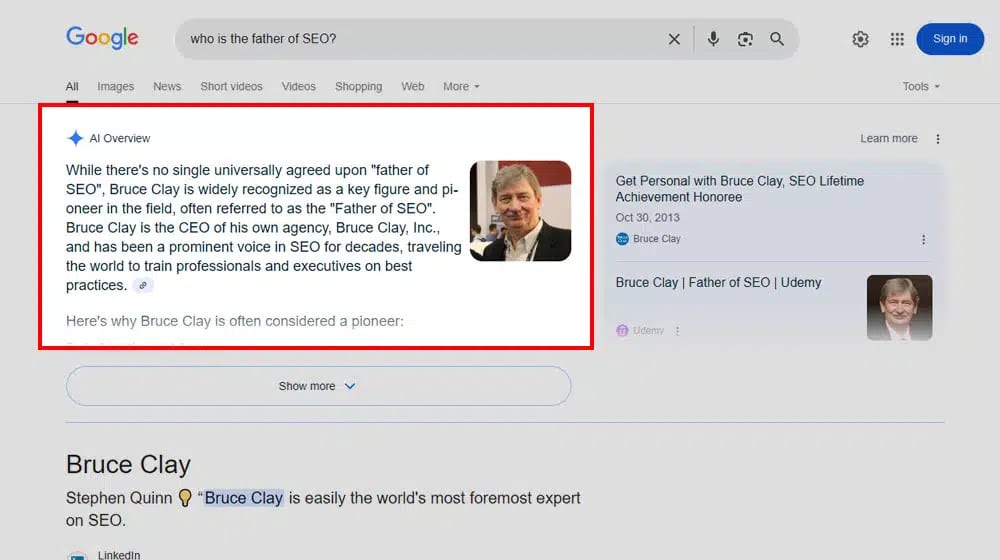
It's possible that you have posts that are cited by the AIs, even if they don't get any traffic directly. That secondary value can still be strong, and it's worth considering.
The hard part is that there's no current way to tell if your site is being cited by the AI without traffic that refers from those AI systems.
When Deleting a Zero-Visitor Blog Post is the Right Move
Despite everything I've written above, there are still some good reasons why you might want to delete old blog posts that have zero visitors. The key is, it's not because they have zero visitors, it's because they have zero value, at least as they stand currently.
Consider deleting the post when it's too outdated to salvage any value.
The world moves on. Sure, history repeats itself, or at least it rhymes, but that doesn't mean historical content will come back into fashion.
The biggest hits here are newsfeed-style posts and reference posts for content that is too old and specific to carry value.
Like, say you wrote a blog post covering everything you knew about the iPhone 4 around when it was being released. The information was valuable at the time, but now? We're onto the iPhone 17 (as of this writing anyway), nobody cares about the 4.

Likewise, even a detailed and useful guide for something like, say, how to configure specific settings for that device, won't likely be very useful in the year 2026.
Sometimes these pieces can have value, from a digital archaeology and anthropology sense. Every now and then, I find myself trying to write about some element of SEO from 2008, and it's pretty hard when all of that content has been removed for irrelevance! But that doesn't necessarily mean you should keep it around. I do have one idea, though, which I'll get to later.
The key here is that one of the main ways to salvage old posts is to edit and rewrite them to be relevant to modern audiences. If the topic you wrote about is too fundamentally outdated to do that, it's not necessarily worth trying to salvage.
Consider deleting the post if the content is just too poor in quality to redeem.
Standards change, especially around major algorithm updates. Nearly every blog post written pre-Panda is garbage by modern standards, for example. The oldest content on your site probably would be flagged as thin or poor quality these days.

Sometimes, the old content just has no redeeming qualities. If it has no traffic, no links, no social shares, and not even any value in the words themselves, well, that's just noise.
Consider deleting the post when the topic it covers is bad.
Topic choice is fundamental to SEO, but it's also very hard to get right. Even I've messed it up in the past, covering topics that weren't actually relevant, or were too thin, or ended up too duplicative of other content.

Deleting the post might not be the right answer, but sometimes, it is. When the topic you covered just isn't important, relevant, or interesting, there might not be any way to salvage value out of it.
Consider deleting the post if it's stolen, spun, or otherwise violating the rules.
This one is obvious. If your old content was created by a shady SEO operation that stole and spun content, or was otherwise the subject of black hat techniques like keyword stuffing, then it's actually probably hurting you, and you should delete it.

I don't have a "but maybe you can refurbish it" argument here; anything that is actively causing a penalty should be removed.
If you've flagged a post that you think isn't valuable and you've gone through all of the items on my list of potential value above, and it just doesn't have any of them, then there's no reason to keep it.

Orphaned posts with bad content, no historic value, and no potential? They might as well be blank pages.
Consider deleting the post if Google doesn't even index it.
This is one of the first checks you should do, but I put it at the end because it's not actually an end-all metric.
In the Google Search Console, you can check the post to see if it has zero visitors because it's not actually indexed. I don't just mean "crawled – not indexed", but any of the reasons why it might not be indexed.
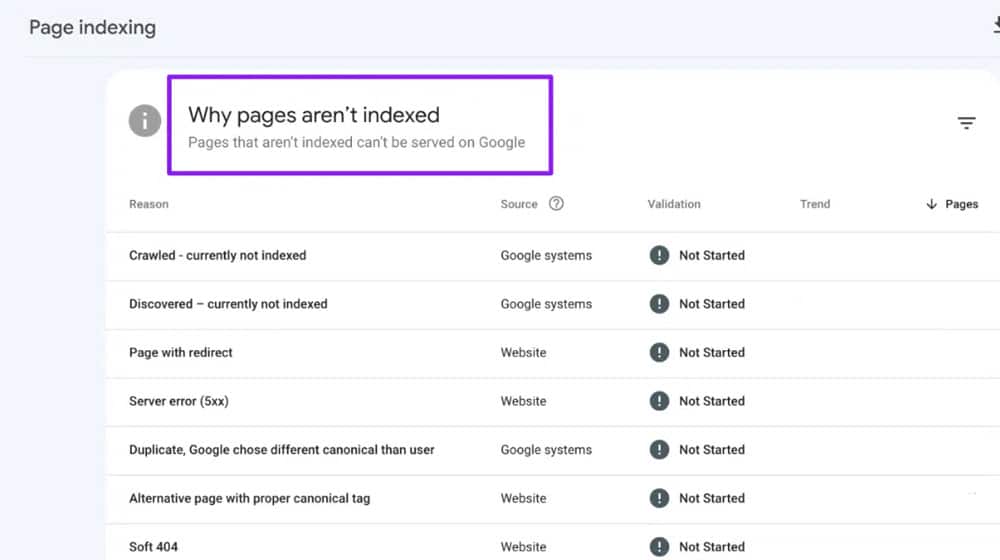
Obviously, if the post isn't indexed, it's not going to show up and bring in visitors. But that doesn't mean it's bad; there could be a technical issue, from a stray noindex tag to a fault in your JavaScript to a render block somewhere, and fixing that could bring the post into a valuable position. So, it's something to check, but not a sure-fire "delete this" flag.
How to Identify Posts to Remove
Do a content audit.
I have two relevant guides here:
- How to Perform a Blog Content Audit the Right Way
- What is Content Pruning?
Read through these, and you'll have a solid idea of how to audit and analyze your content.
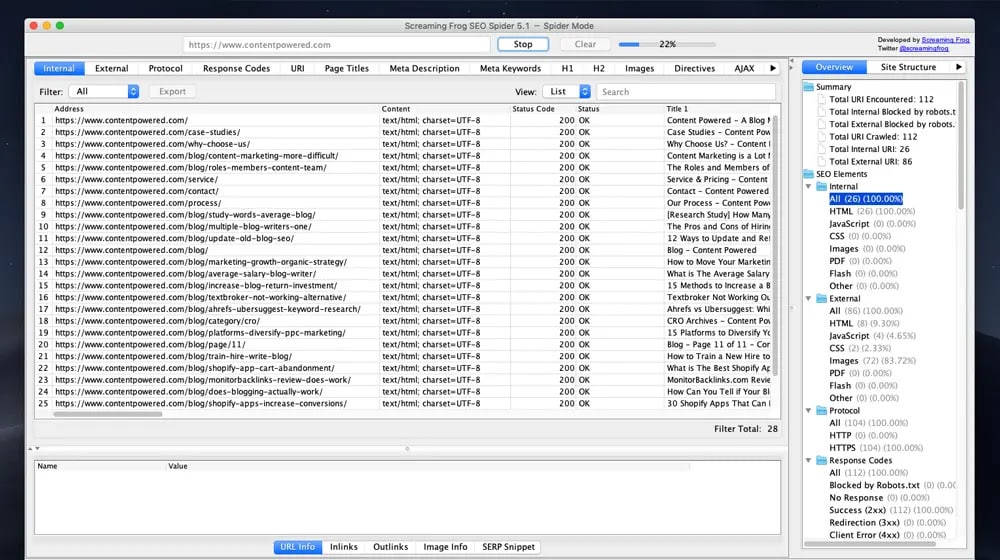
For the purposes of zero-visitor posts, I would check indexation, metrics like comments, links, and shares, and a "sniff test" for the quality and relevance of the topic. Then, you have to decide what to do with the page.
Alternatives to Removing Zero-Visitor Blog Posts
If, after everything, you're left with a list of content you're considering removing, should you pull the trigger? Maybe. But there are a few options to consider first.
Option 1: Rewrite and improve the content.
The first option is a rewrite. Content that doesn't have any redeeming qualities, but covers a topic you still want to cover on your site, can be rewritten into a more modern form.

You don't even have to salvage anything from the original post, other than the topic. But covering the topic alone can still be valuable, and you might as well keep the indexed URL for it if possible.
Option 2: Merge the content with similar pages.
Instead of just deleting a post, take anything of potential value from it, like pull quotes, a fringe keyword, or an overall conclusion, and merge that into a relevant, similar post on an adjacent topic. Sometimes you can even build a decent post out of the scraps of half a dozen slated-for-deletion posts.

If you do this, make sure you change internal links and implement a 301 redirect so any value from the old URL is passed to the new one.
Option 3: Archive the content.
I said I had an interesting strategy for you up above, and it's this one. It's something I've only seen in a few cases, but I think it has some merit.
Instead of rewriting or deleting old content, deliberately archive it. You could do this on a subdomain, or a special category, or some other way, though remember that changing the URL requires changing links and implementing redirects.
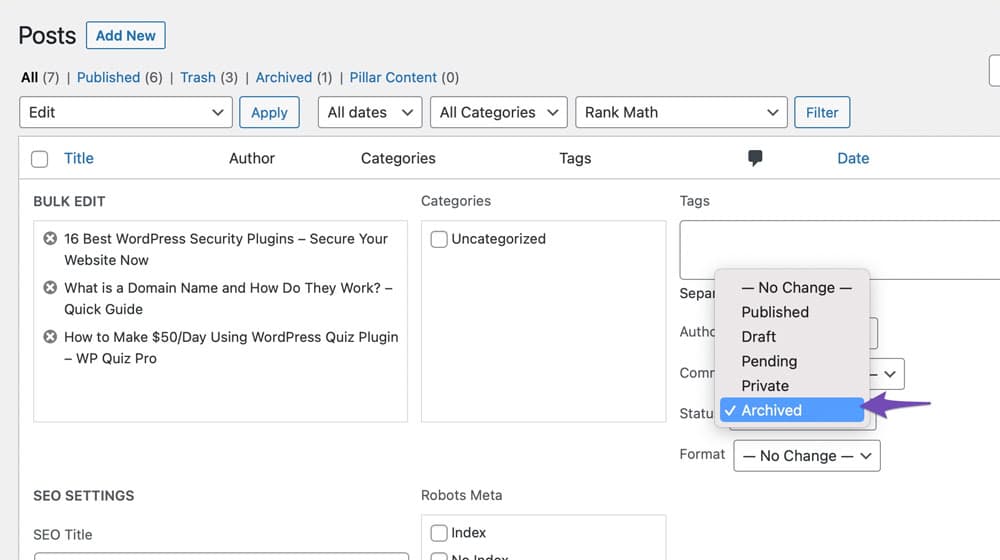
The idea is to have a sort of "time capsule" of content, whether it's in a knowledge base or just a historical reference section of your site. That way, digital archivists can still access old historic content as relevant, and if it ever has reason to have value, there's a permanent version of it somewhere.
The trap here is if the content is actually holding you back in some way. That's why pushing it to a knowledge base framework or subdomain might be valuable. You might also consider a noindex, with an indexed page somewhere that outlines everything in the archive so it can still be found.
I don't know how this would really work in practice, because I've only seen it in a couple of places and don't have any real performance metrics for it. But, as a sort of cultural preservation effort, it might hold water. If you've ever tried something like this, let me know!
The Bottom Line
When it's all said and done, I don't think there are as many reasons to purge old content as a lot of other people do. That old content can be a resource, not a weight.
The fact that I see so many marketing companies recommend purging old content is, I think, sort of an underhanded tactic of their own. If you hire one and they come in and delete half of your blog, well, now you're stuck. You need to rely on them to replace it. It's just kind of shady.

I much prefer building up, not tearing down, and I think you will too.










Comments